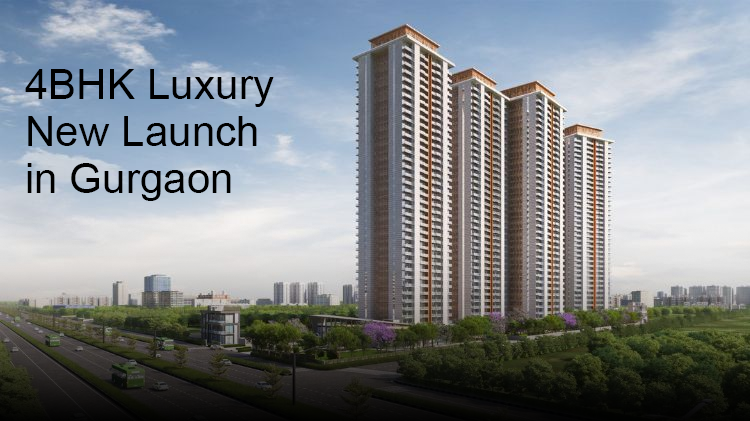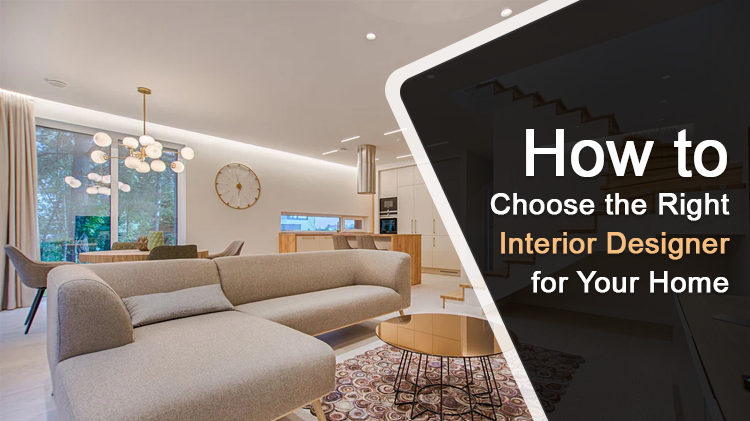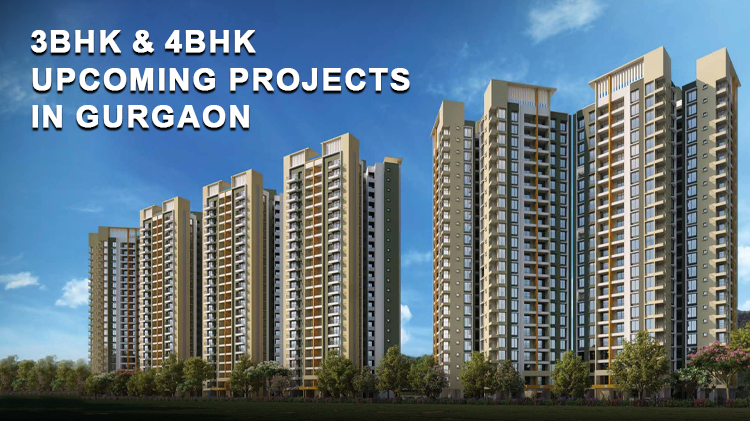
Choosing the right interior designer is a pivotal step toward creating a home that reflects your personality, feels uniquely yours, and meets your functional needs. The process can seem overwhelming, given the multitude of options, budget considerations, and design philosophies. This comprehensive blog explains how to choose the right interior designer for your home and walks you through every detail, from defining your vision to signing the contract, ensuring you make an informed and confident choice.
Understanding Your Needs and Style
Before you even begin researching designers, reflect on what you want from your space. This self-assessment will serve as the foundation for every decision you make.
Define Your Style: Are you drawn to modern minimalism, bohemian vibrancy, classic elegance, or a blend of several styles? Browse magazines, Instagram profiles, and Pinterest boards to gather information. Creating a mood board can help clarify your preferences and provide a visual reference for potential designers.
Identify Functional Requirements: Consider how you each see each room. Do you need a home office, a space for entertaining guests, or a play area for children?
Set a Realistic Budget: Determine how much you are willing to spend on design services, unforeseen expenses, materials, and furnishings. Be honest about your financial boundaries from the outset.
Researching Interior Designers
With your vision in hand, it is time to find designers who can bring it to life.
|
Online Search |
Use search engines, online directories, or social media platforms to compile a list of laocla interior designers, Pinterest and Instagram are particularly useful for seeing real projects and getting a sense of each designer’s aesthetic. |
|
Review Portfolios |
To determine whether their style is similar to yours, look at their prior work. Seek out originality, variety, and meticulousness. A designer who has a diverse portfolio can adjust to various difficulties and styles. |
|
Read Testimonials and Reviews |
Client feedback offers valuable insight into a designer’s ability, reliability, and professionalism to deliver results. Look for consistent praise or recurring issues. |
|
Ask For Recommendations |
Word of mouth remains one of the most reliable ways to find quality professionals. Ask family, friends, or colleagues who have recently completed design projects for referrals. |
Discussing Budget and Contracts
Money conversions can be awkward, but are essential for a smooth project.
Transparent Pricing: Ask for a clear breakdown of fees, including materials, design services, furnishings, or any other additional costs. Some designers charge a flat fee, while others work on a percentage or hourly basis.
Budget Flexibility: A good designer should be able to work within your financial constraints, suggesting creative solutions to maximize value.
Review the Contract: Ensure the agreement covers:
-
Scope of work
-
Payment terms and schedule
-
Project timeline and milestones
-
Cancellation policy and dispute resolution
-
Responsibilities of both parties
Assessing Communication and Collaboration
The success of your project depends on consistent or clear communication.
Responsiveness: Does the designer reply promptly to emails and calls? Are they proactive in providing updates?
Listening Skills: A great designer listens to your ideas and concerns, rather than imposing their vision.
Teamwork: If your project involves contractors, architects, or other specialists, ensure the designer is comfortable collaborating with them for seamless execution.
Understanding the Design Process
Every designer has a unique approach, but does not follow a standard structure:
|
Discovery Phase |
Understanding your needs, lifestyle, and preferences. |
|
Concept Development |
Creating mood boards, initial layouts, and sketches. |
|
Design Development |
Refining concepts, finalizing layouts, and selecting materials. |
|
Documentation |
Preparing specifications, schedules, and detailed drawings. |
|
Execution |
Overseeing contractors, managing timelines, and sourcing furnishings. |
Conclusion
Choosing the right interior designer is about more than aesthetics, it is about finding a collaborator who understands your vision, communicates openly throughout the process, and respects your budget. By following these detailed steps, defining your needs, evaluating credentials, and researching thoroughly all agreements, you will be equipped to select a designer who will transform your house into a home that truly reflects you.


.png)


3 Comments